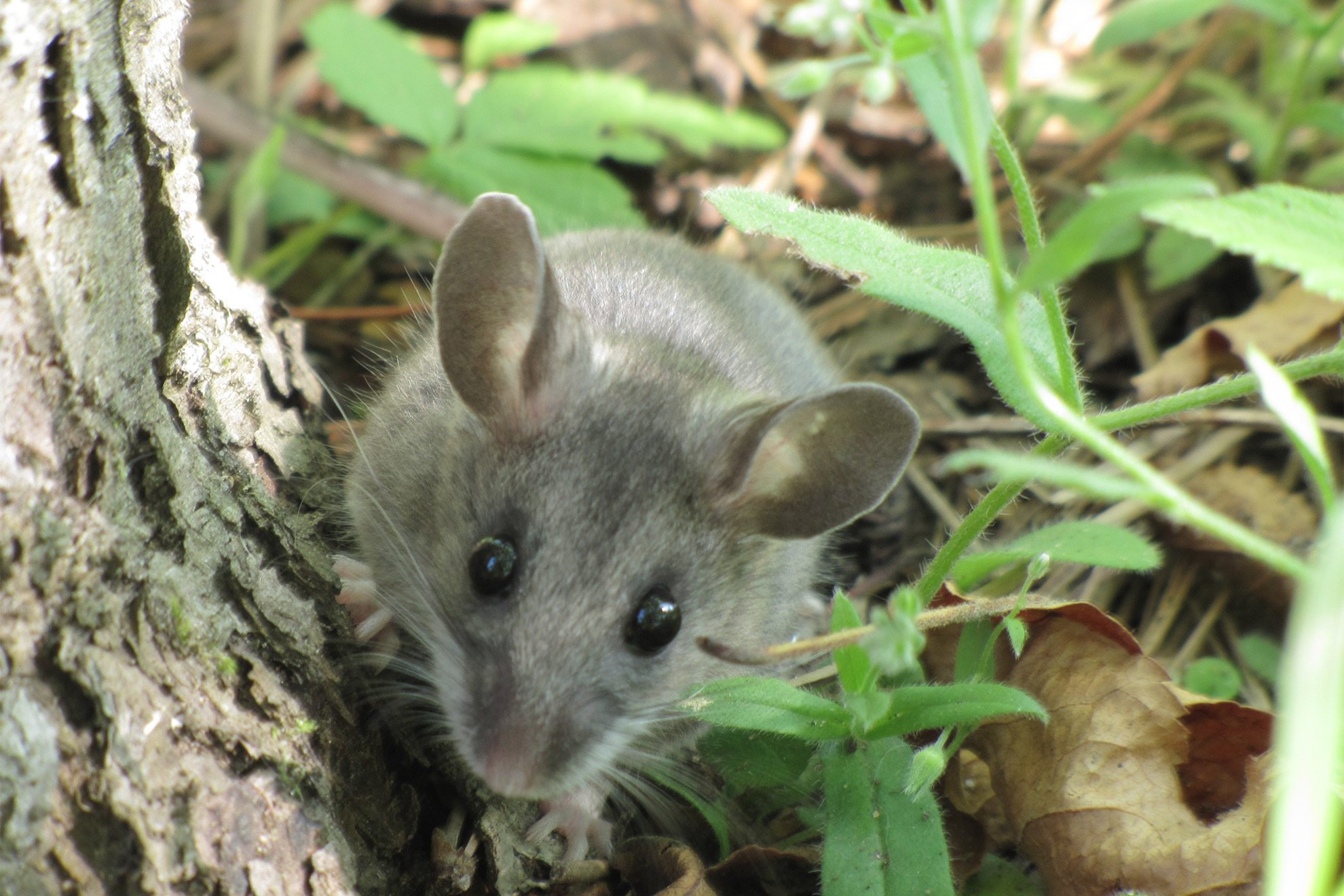
"For a mouse, survival in the wild often boils down to one urgent question: flee or freeze? The best strategy depends on which mouse you are asking."
"A new study by Harvard biologists has found that two closely related species of deer mice have evolved very different reactions to aerial predators thanks to tweaks in brain circuitry."
"One species that dwells in densely vegetated areas instinctively darts for cover while a cousin living in open areas goes still to avoid being spotted."
"The findings, published in the journal Nature, provide new insights into a group of animals that have become iconic examples of evolutionary adaptation."
A study by Harvard biologists reveals that two closely related species of deer mice have developed different survival strategies to cope with aerial predators. One species living in dense vegetation darts for cover, while its counterpart in open areas becomes still to avoid detection. These variations stem from evolutionary changes in brain circuitry. The findings underscore the role of evolution in shaping responses to environmental pressures and highlight the adaptive radiation of deer mice across diverse habitats in North America, making them significant in evolutionary biology research.
Read at Harvard Gazette
Unable to calculate read time
Collection
[
|
...
]